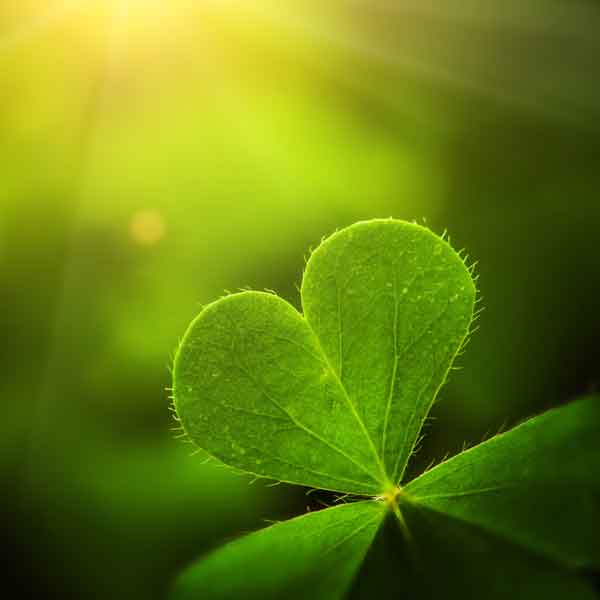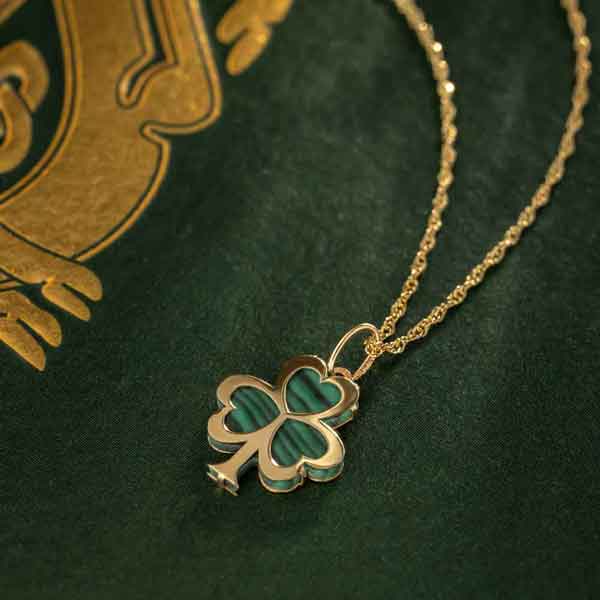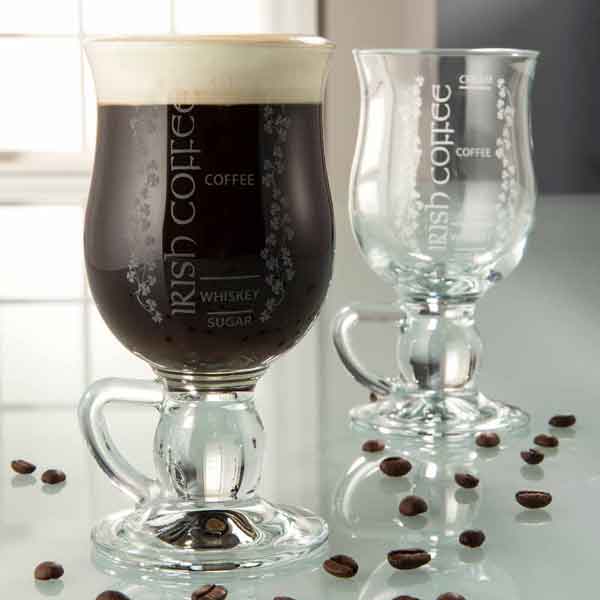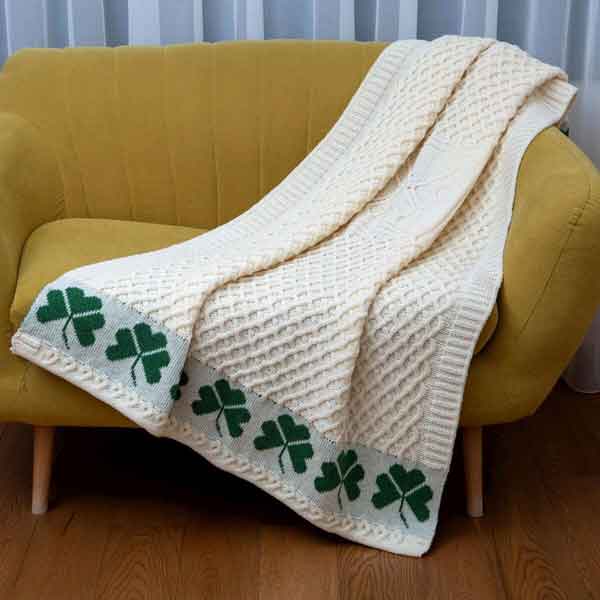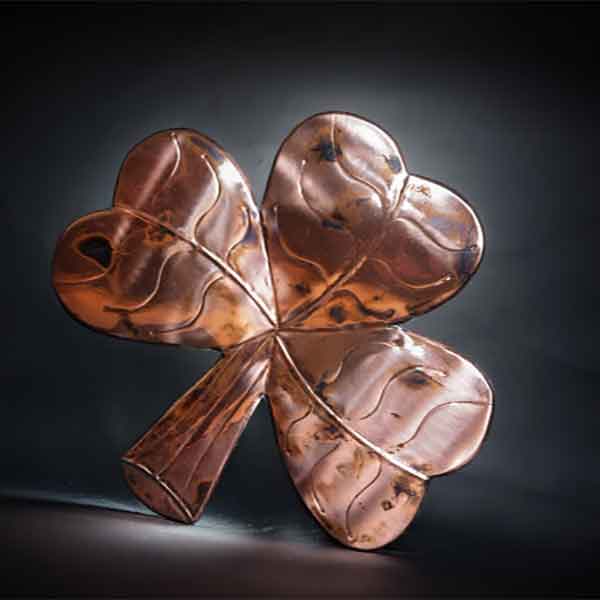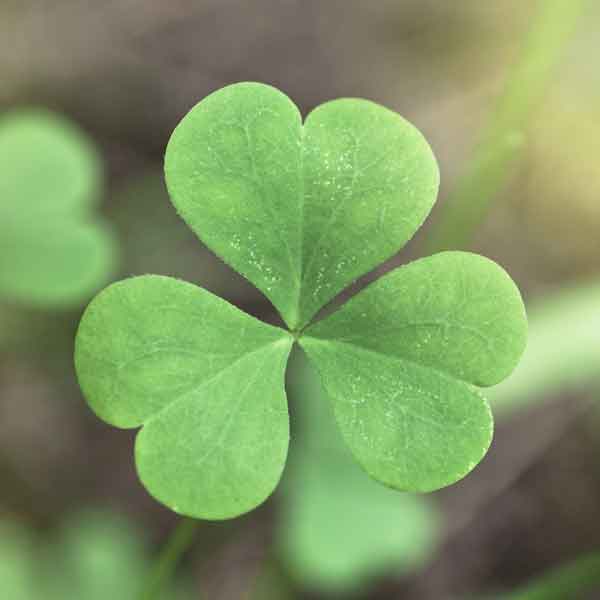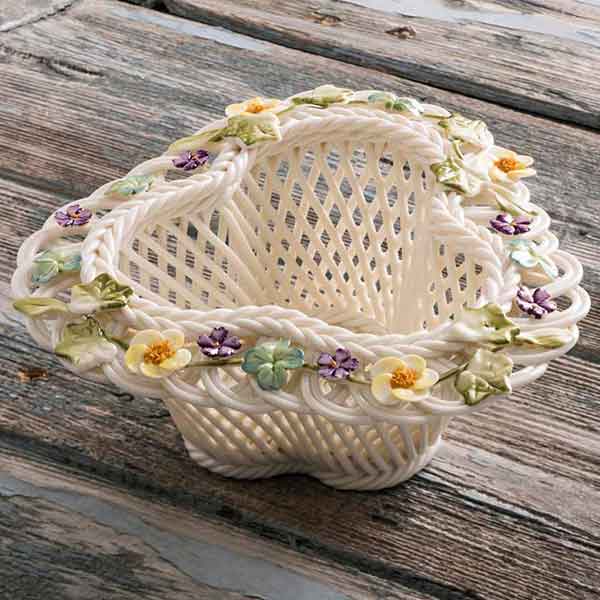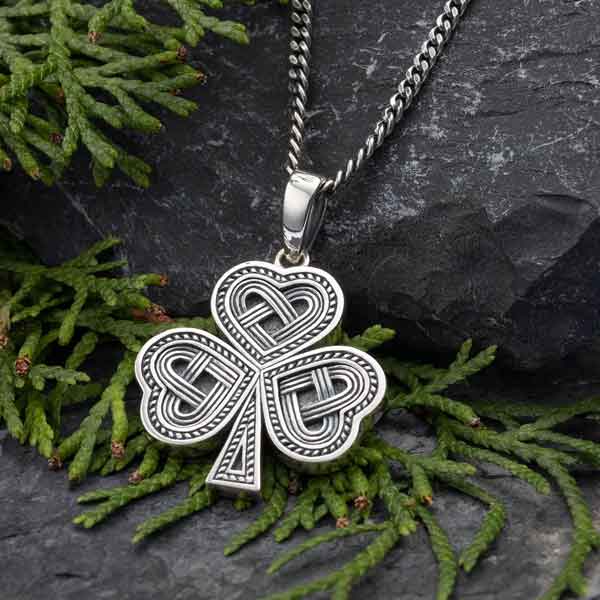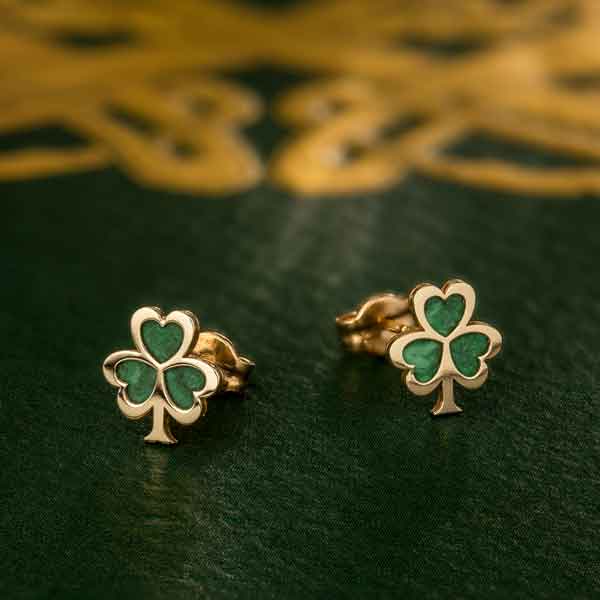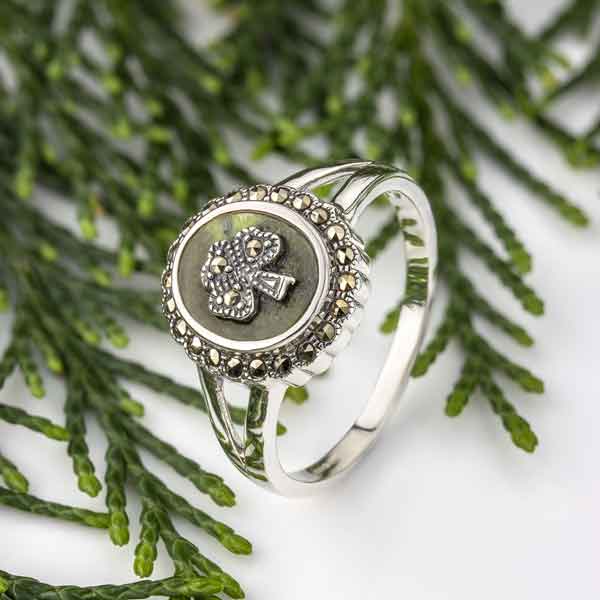Different people have different favorite plants, but in March it seems everyone loves the shamrock. This tiny green plant seems to sprout everywhere for St. Patrick’s Day – on t-shirts, banners, glassware and elegant jewelry. The world recognizes that it represents Ireland, and along with the harp, it is an official government symbol of Ireland. But how did this humble leaf get such a big role?
St Patrick gets the credit for that. He famously used the shamrock’s three leaves to explain the concept of the Holy Trinity of God the Father, Jesus the son and the Holy Spirit. As he travelled Ireland sharing the news of Christianity and converting people, he showed them the shamrock leaf. It is three leaves, and it is one leaf.
The Irish were not strangers to the concept. Before Christianity arrived on these shores, people worshipped a triple goddess. The number three was very important to them, representing the past, present and future as well as the three stages of life – youth, adulthood and old age.
Ireland quickly and passionately embraced Christianity. It did so largely on the word of one man – Patrick. He explained and convinced the Irish, and the new faith arrived without violent crusades. Patrick is now the most well-known of Ireland’s three patron saints. St. Bridget’s feast day on February 1st was recently made a national holiday, while St. Brendan’s day slips by mostly unnoticed on May 16th.
Perhaps the shamrock was such an effective symbol because the ancient Irish held plants in very high regard. Trees and shrubs were believed to have spiritual qualities, so a shamrock might have seemed a very appropriate way to introduce and explain a new faith.
What Plant Is Shamrock?
What exactly is a shamrock? It is very definitely NOT a four-leaf clover! That would have been no help to Patrick at all. If you head to local garden store to buy one, you might be met with a lot of confusion. Even experts don’t entirely agree on what exactly qualifies as a shamrock.
It is a plant with distinctive, heart-shaped leaves in clusters of three. But that doesn’t really narrow it down enough for botanists. As often as people confuse it with clover, shamrock leaves are a different shape. The best and most-agreed-upon candidate is wood sorrel. Also known as oxalis, this lush green plant is native to Ireland and flourishes in quiet wooded areas. In Irish, it’s called seamsóg, which sounds very like shamrock. Then again, so does seamair óg, which translates as young clover.
Some insist there is no such thing as a shamrock plant, that the whole thing is Blarney. But those people probably don’t believe in leprechauns or faeries either, so their credibility is questionable. After all, the Irish have been wearing shamrock for centuries. Records dating back to the 1600s mention Irish people wearing shamrock, so it is no modern marketing ploy.
St Patrick’s Day is to celebrate all things Irish, not debate botany. So put on some music, raise a glass, don your shamrock, and enjoy it!

